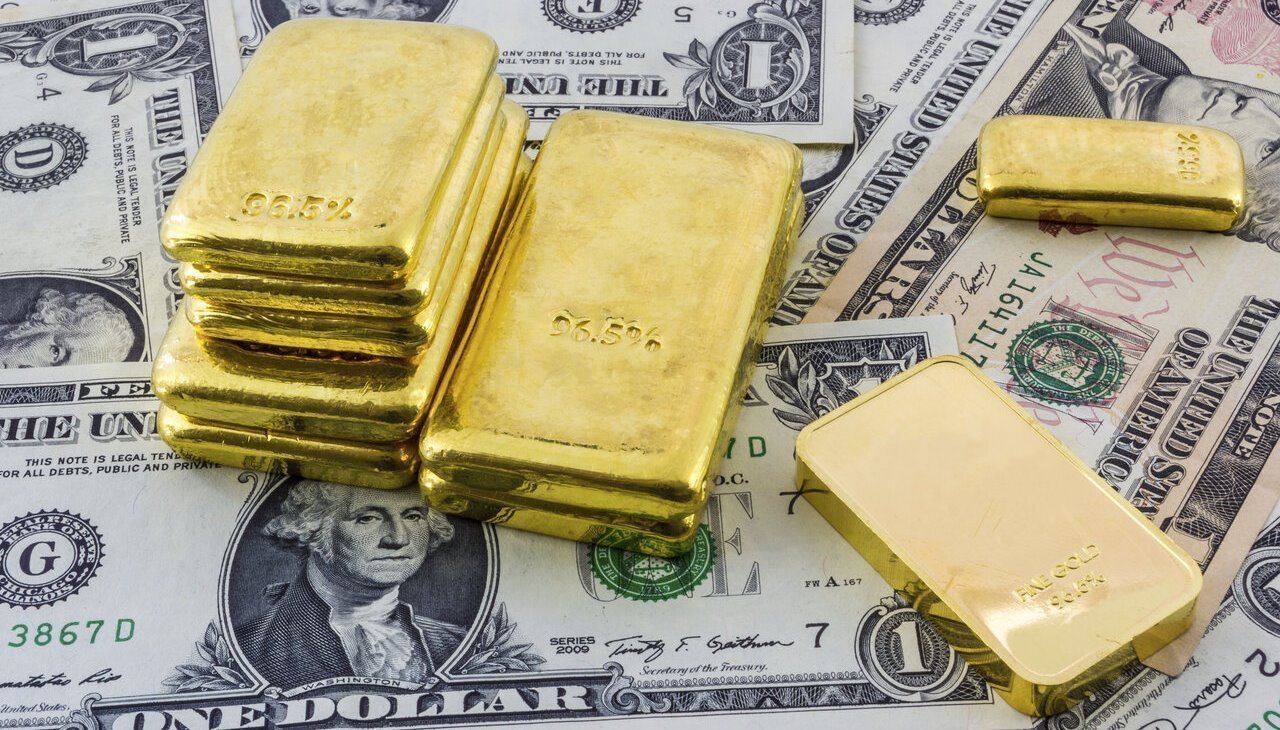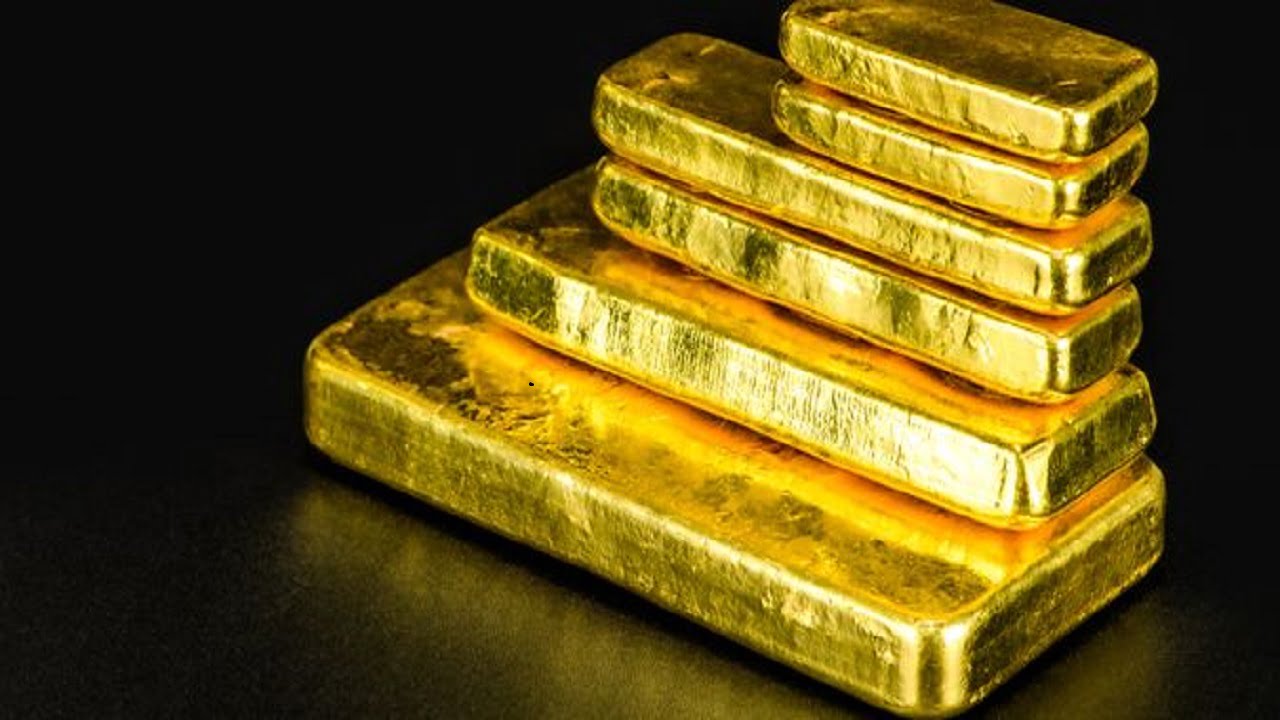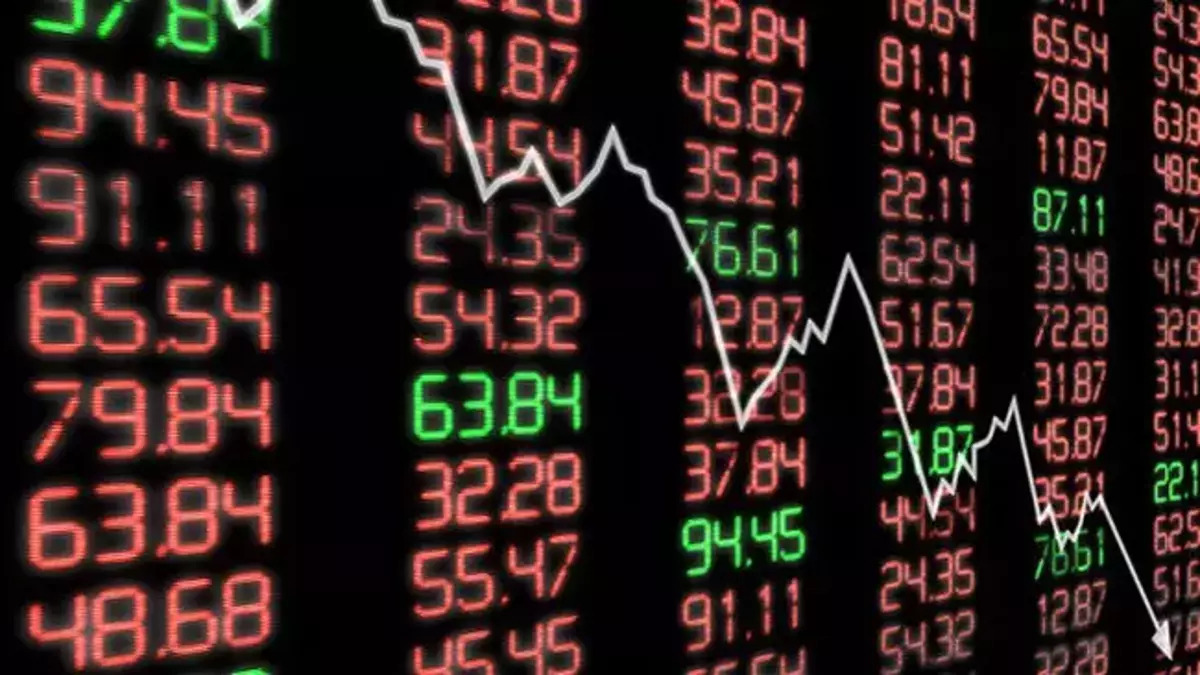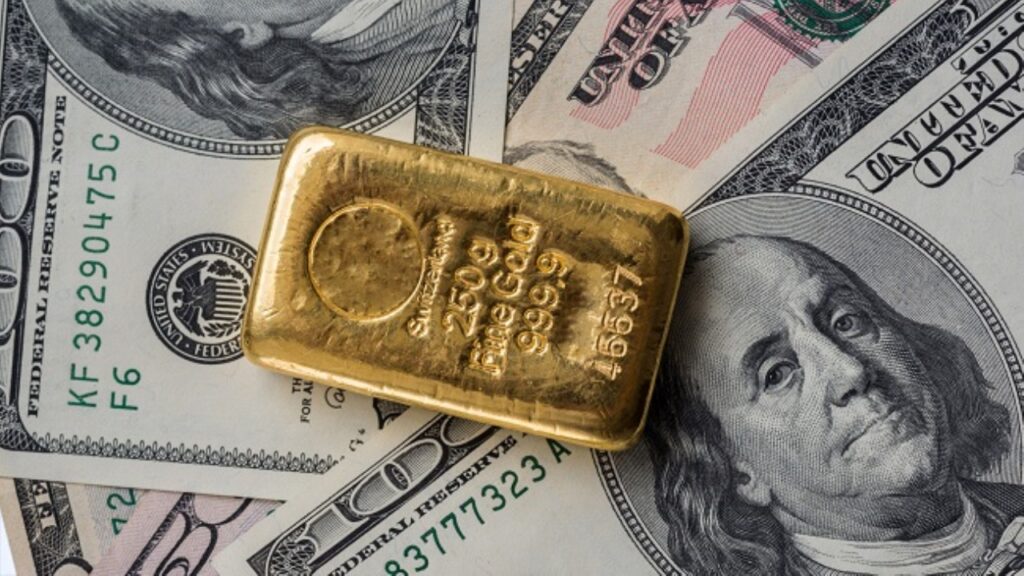Gold rose on Tuesday as US Treasury yields weakened. But the lack of any catalysts moving in the market is keeping investors on the sidelines. Analysts assess that the G7’s ban on gold imports from Russia will have a limited impact on the market.
Matt Simpson: ‘Russian gold ban’ was a catalyst that never happened
The move by the UK, USA, Japan and Canada to ban new Russian gold imports is largely symbolic in the global gold market. Because Russia’s exports to the West have already dried up. Gold price rose in Asian trading on Monday following the weekend’s improvement. However, it quickly lost momentum to end the session on the downside. City Index senior market analyst Matt Simpson comments:
The ‘Russian gold ban’ was a catalyst that never happened. Russian assets have been dormant since the invasion of Russia. It was therefore not an event for the G7 to approve the gold ban. Gold stays where it started the week, in the middle of a choppy range.
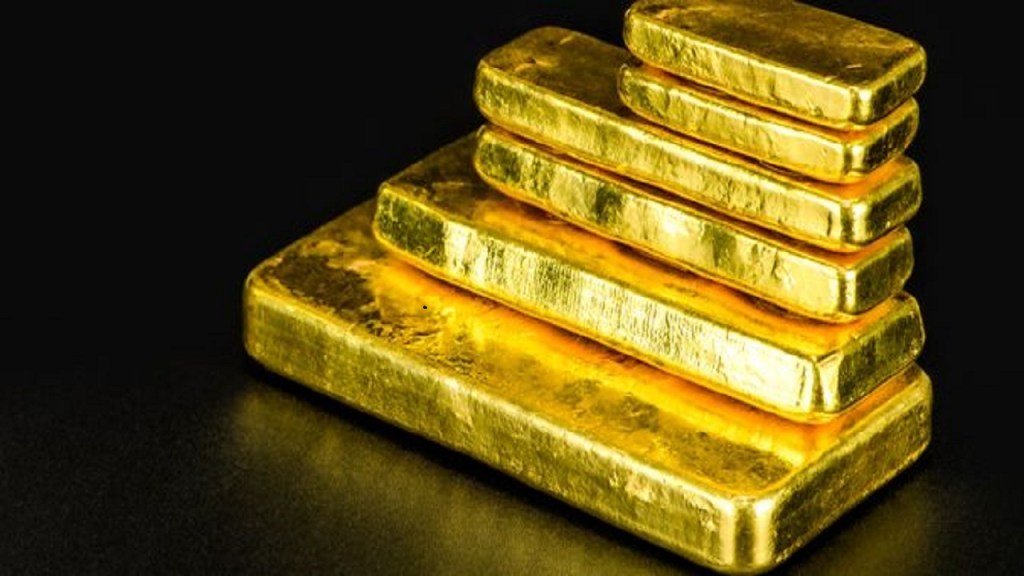
“Gold remains a trader market”
The dollar remained stable. Gold follows the currency closely. Because the strength of the dollar has limited dollar-priced gold prices in recent weeks. Matt Simpson says:
Gold remains a trader’s market. Bullion is vulnerable to false breakouts and quick returns on minor news. This means range trading strategies are preferred until we see a catalyst that gives the markets some life.
Edward Moya: outlook mixed for gold price
SPDR Gold Trust is the world’s largest gold-backed exchange-traded fund. That’s why it’s followed closely. SPDR said its holdings fell 0.44% to 1,056.40 tons on Monday, from 1,061.04 tons on Friday. OANDA senior analyst Edward Moya commented on the developments in the market and said:
Gold softened as bond market sell-off resumed after weak demand from another Treasury auction. In the short term, there is the possibility of a more aggressive Fed on one side. On the other hand, there is great uncertainty this summer with recession risks. So the outlook for gold price is mixed.
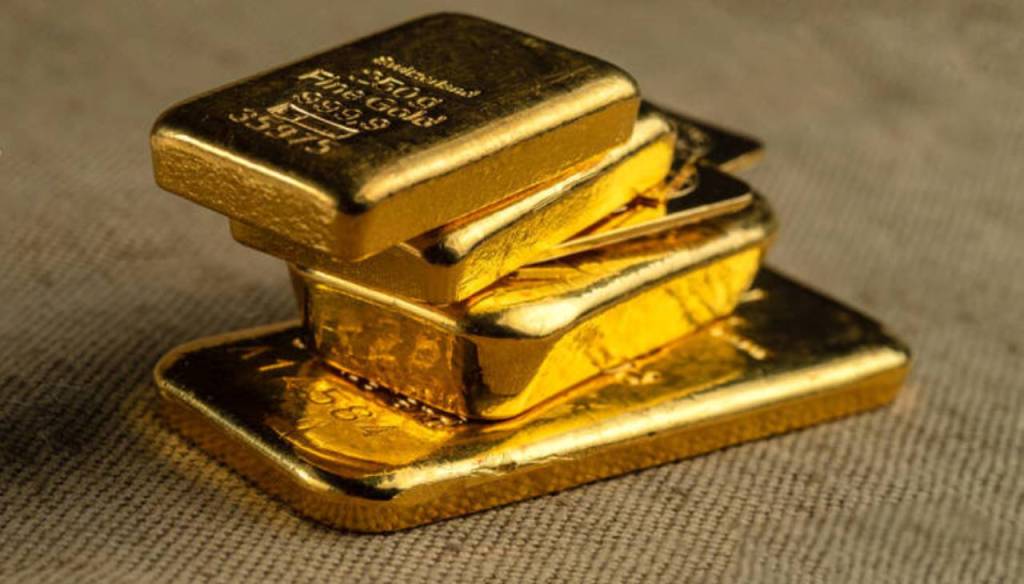
“The effect of the Russian gold ban on the gold price is negligible”
Meanwhile, analysts say the UK, US, Japan and Canada’s plan to ban Russian gold imports to tighten sanctions on Moscow may have only limited fundamental effect. Russia, the world’s third largest gold producer, accounts for about 10% of global production. Stephen Innes, managing partner of SPI Asset Management, comments:
Due to the absence of flights from Russia since the war began, not much gold is exported to the G-7 countries. The impact on the gold price has been negligible so far.
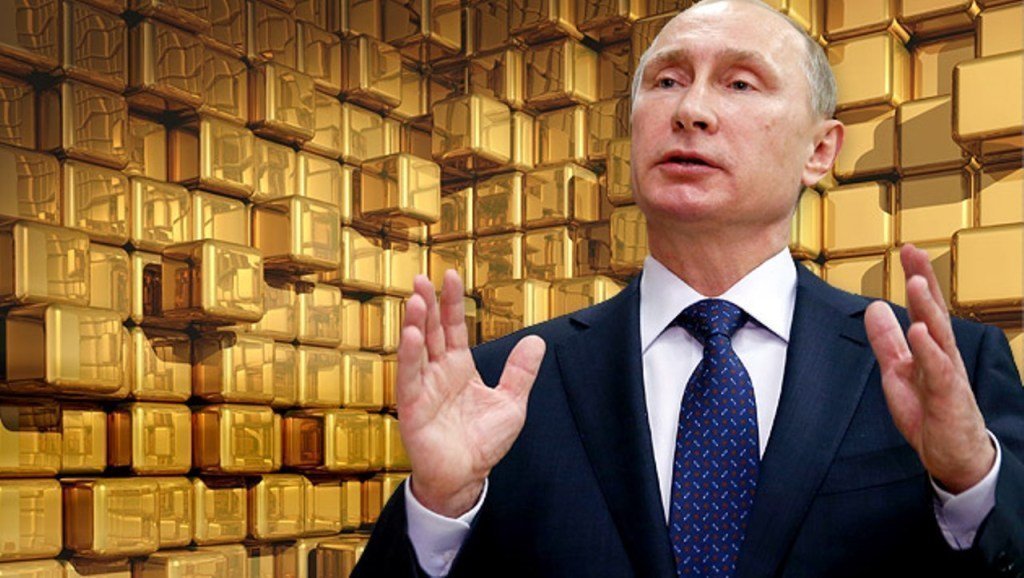
“Gold price rises as rising recession risks trigger entries”
cryptocoin.com As we have reported, G7 members are preparing to ban the import of Russian gold. However, the yellow metal is likely to ignore these headlines, TD Securities economists report. Economists make the following statement:
The G-7 ban on new Russian gold imports is not expected to affect the gold price. Because the LBMA’s ban had already cut off new Russian production from major markets within the G-7. In contrast, price action is reversing to reflect the minor impact on gold. However, the gold price is on the rise as escalating recession risks trigger entries into the yellow metal.
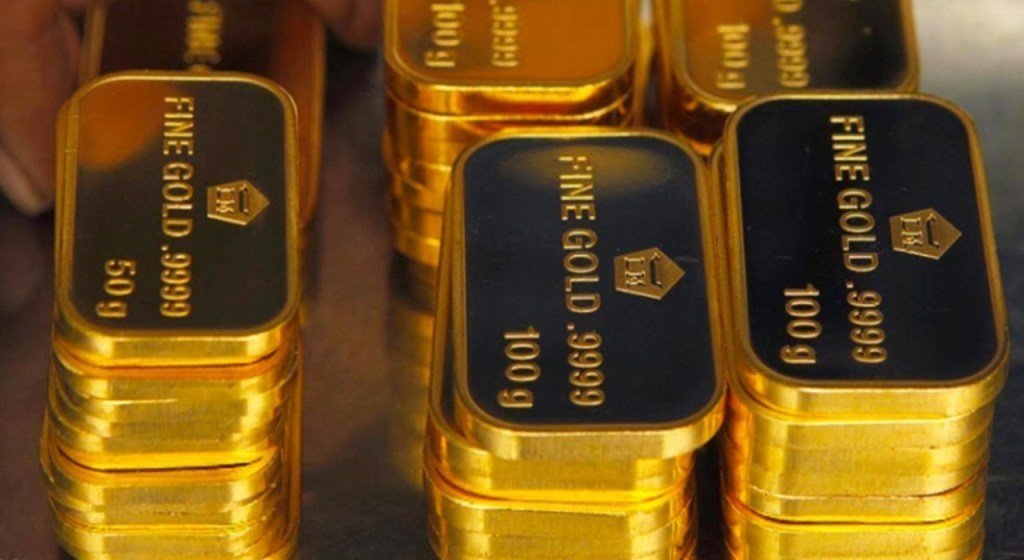
“Fed pivot less associated with recession rates than previous periods”
Economists note that golden bugs are sniffing out a potential stagflationary outcome associated with low growth. But economists say central banks could face persistent inflation and a credibility crisis. They note that they may continue to increase interest rates longer than they would otherwise. Therefore, they remind the golden beetles to take this situation into consideration. Economists conclude that:
In this scenario, pricing for a Fed pivot will be less correlated with recession rates than in previous periods. In the near-term, continued whiplash from CTA trend followers reflect range-bound price action in the yellow metal as macro pressures rise.

“The G7 move will not have a lasting impact on the gold price”
Strategists at Commerzbank also assess that the G7’s ban on gold imports from Russia will have a limited impact on the market. In this context, strategists make the following statement:
The G7 plans to ban gold imports from Russia at their summit. This may indeed explain the sudden market reaction. However, the actual impact on the gold market may be too small to have a lasting impact on the price trend.
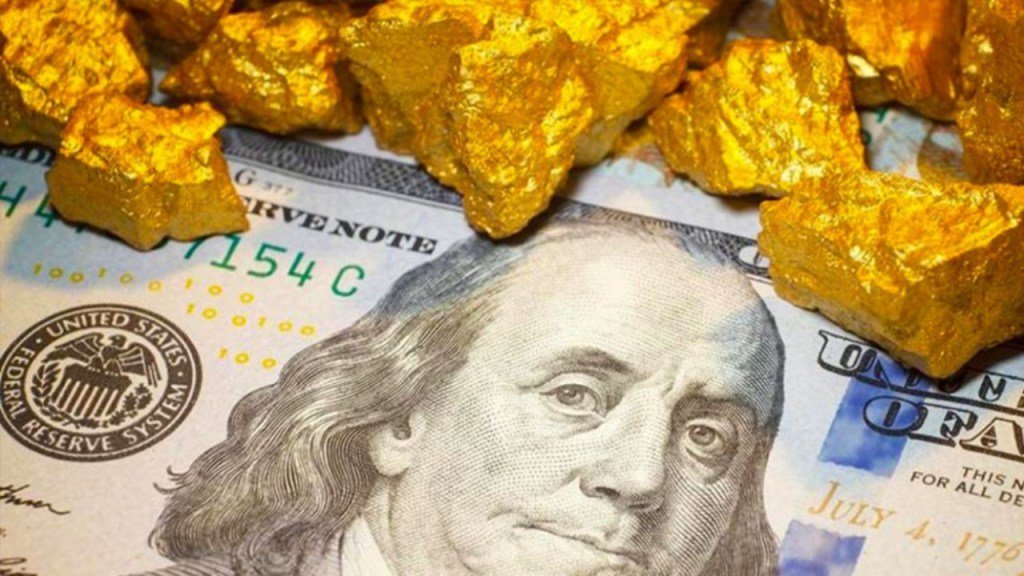
“The impact of inflation and interest rates on gold will continue to be significant”
On the other hand, according to strategists, the development of inflation and interest rates will continue to have a greater impact on the gold price. Inflation pressure is likely to remain high in the short term. Strategists say this is positive for gold as a hedge against inflation. However, they also highlight the following:
However, it also continues to put pressure on central banks to raise interest rates faster. This is negative for gold as an interest-free investment. Therefore, many point to the continuation of a volatile side trend, depending on which of the two influential factors is superior.

